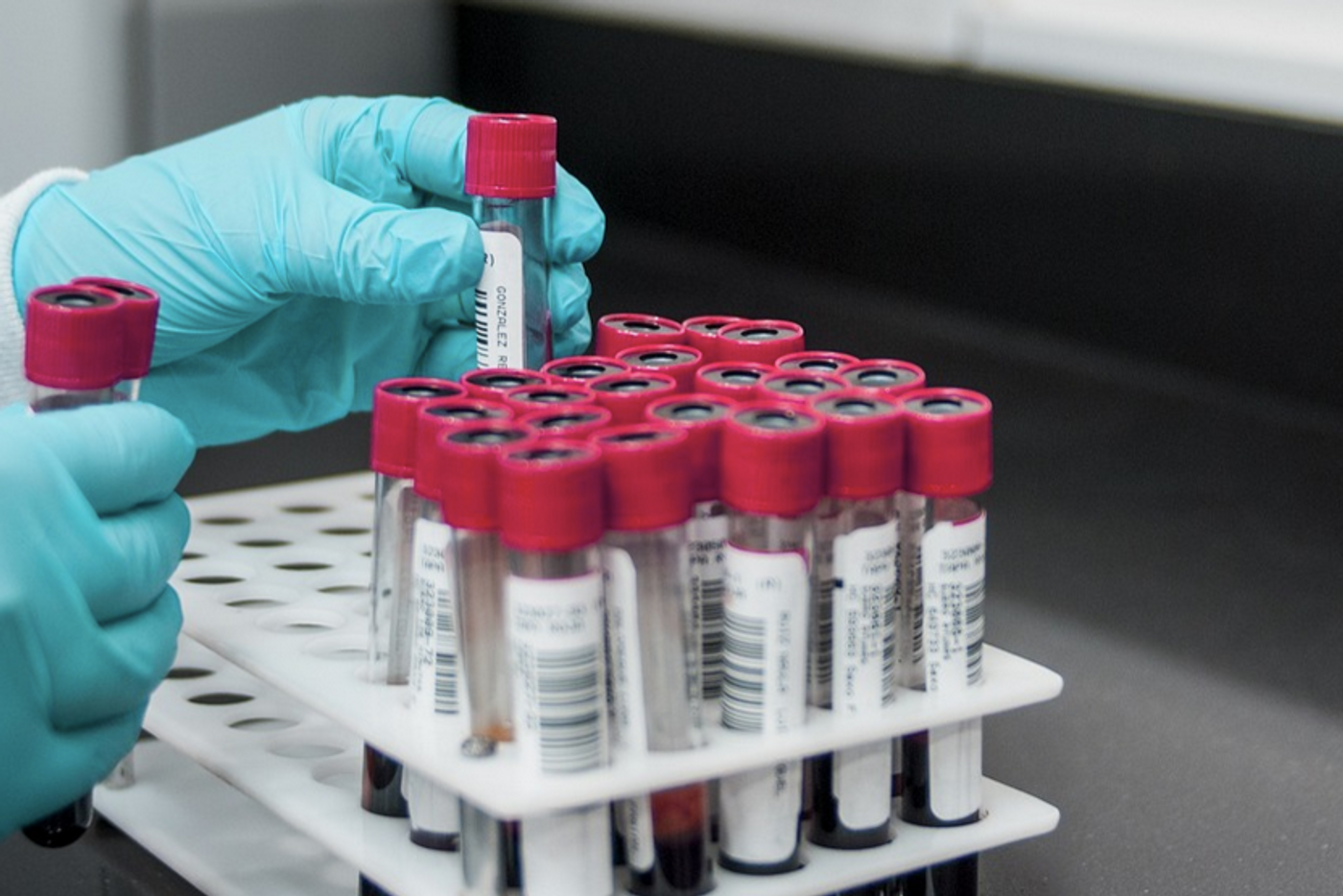A Faster, Better Way to Diagnose Lyme Disease
Although spending time in nature can reduce stress and generally improve health and well-being, insects like mosquitoes and ticks also pose a risk. Deer ticks can carry pathogenic bacteria, Borrelia, that cause Lyme disease, which can be tough to diagnose and treat. Lyme can lead to fever, fatigue, and a rash, and serious complications like paralysis, brain or heart inflammation, memory problems, and hearing or vision impairments may also arise and linger for years after the initial infection. It's estimated that over half a million Americans will be affected by Lyme disease this year alone.
Right now, the standard diagnostic assessment for Lyme involves a test that can only be done at central locations, and can take up to two weeks to deliver results. While antibiotics can help treat Lyme cases in most patients, those treatments can only be applied if patients are correctly identified. It is thought that about 60 percent of acute Lyme cases are missed with current testing methods, according to the Bay Area Lyme Foundation.
Now, scientists may have developed a faster, better way to diagnose the infection, which was just as good as the current approach after comparative testing. The findings have been reported in Nature Communications.
"A lot of folks find out they have Lyme disease well after the point at which they could have been treated very easily," noted co-corresponding study author Dino Di Carlo, a Professor at the UCLA Samueli School of Engineering.
"If we can measure rapidly, in a way that's cost-effective and not a burden to the health system and the patient, then testing can be done more routinely. If you were out in the woods and have signs of a tick bite or other symptoms, it might be prudent to quickly test either at home or the local clinic, which could enable potential treatment earlier."
This test is not much different from rapid COVID-19 tests, but it involves vertical instead of horizontal flow in a cartridge. The new Lyme test involves adding a blood sample to a cartridge that contains a buffer, and then seeps through a sponge-like paper. One piece of paper carries peptides that bind to an antibody that is produced during Lyme infections. (Instead of an antibody that binds to a protein generated during a SARS-CoV-2 infection in COVID-19 tests.) In the case of binding, a pattern forms on the paper, which can be analyzed with a digital reader and AI software to produce results.
Right now, the test paper costs about three dollars and the digital reader was made from an adapted smartphone.
This is one of the first rapid diagnostic tests for Lyme, and it can help characterize how a patient is reacting to a disease, the study authors suggested.
"If you can quantify a panel of indicators from a single sample, you can learn a lot of interesting things regarding the patient's condition," explained co-corresponding study author Aydogan Ozcan, a Professor at UCLA, among other appointments. A complex set of immune factors are assessed in this process, and AI deciphers the data.
The study indicated that the test had 95.5 percent sensitivity and 100 percent specificity in detecting Lyme disease. It matched closely to results from other tests that are now used in the clinic.
While more validation and testing will be required, the researchers are hopeful that this test could be used in the clinic within a few years.
Sources: University of California Los Angeles (UCLA), Nature Communications









